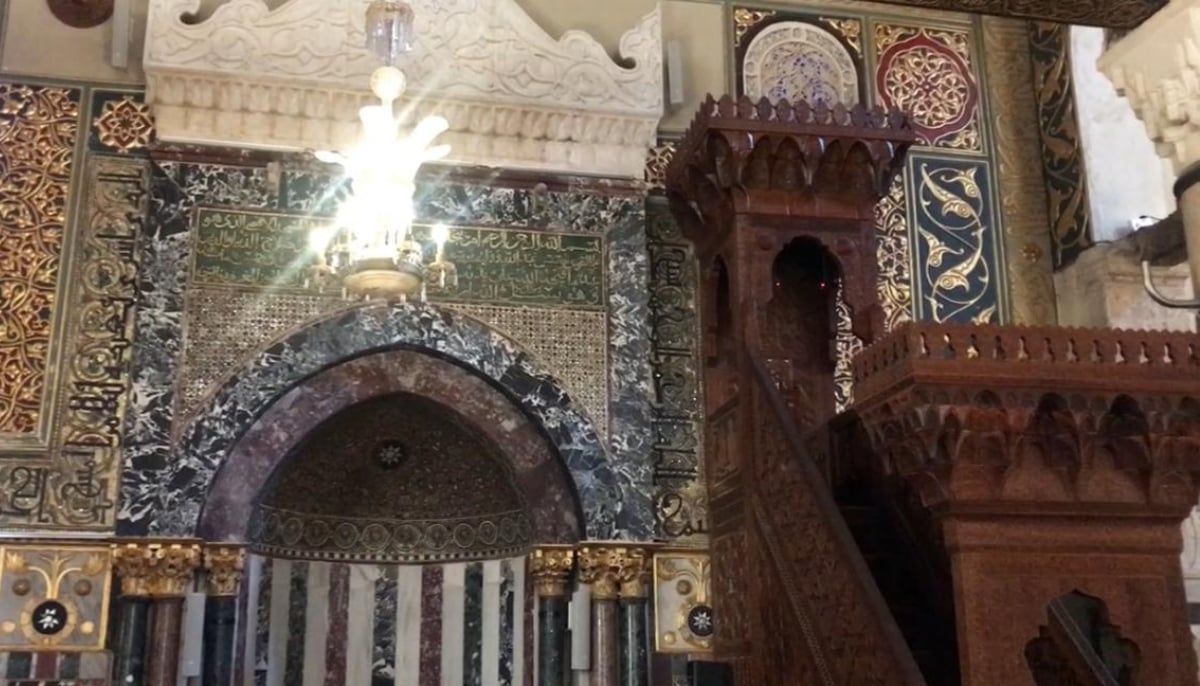Jerusalem: On the last Friday of Ramadan, Muslims from all over the world inspect “YouM al-Quds” to express solidarity with Palestinians and highlight the historical significance of the Al-Aksa Mosque.
Jerusalem’s sacred position
Jerusalem is the third holiest city in Islam, equally distinguished by Christians and Jews.
The heart of the city is located within the al-Aksa campus, which is a sacred site at a distance of 144,000 square meters. It is known as “Haram al-Sharif” (great sanctuary) and has a deep spiritual significance after the holy cities of Mecca and Medina.
Haram al-Sharif’s doors
The compound has 15 gates, “Bab al-Asbat” (Lions Gate) is the main entrance for Muslims.
In contrast, “Bab al-Magariba” (Gate of Morocco) is specifically controlled by Israeli forces and is often used for non-Muslim visitors.
Management and protocol
While the Al-Aksa campus is under tight Israeli security, its administration is with Jordan’s Islamic Waqf Authority.
WAQF maintenance, overseeing the entry protocol and respects visitors to Islamic traditions.
Women should cover their heads, and men are banned from wearing shorts, with the coverings provided for those who require them.
Mosque in Haram Al-Sharif
Al-Aksa Complex (Haram al-Sharif), with its vast area, four important mosques are also referred to as mosques with different names, with some small prayer halls, with some small prayer halls, with unique historical and religious significance.
1. Al-Cubali Mosque
Located in the southern part of the complex, the iconic gray-domed mosque is the al-Aksa Mosque, also known as the Cubli Mosque, as it was the first cubal (direction of prayer) of Islam.
Its walls and Miharb are adorned with beautiful calligraphy. A protective glass attachment adjacent to the main mihrab is the historic Pulpit of Salahuddin Ayubi.
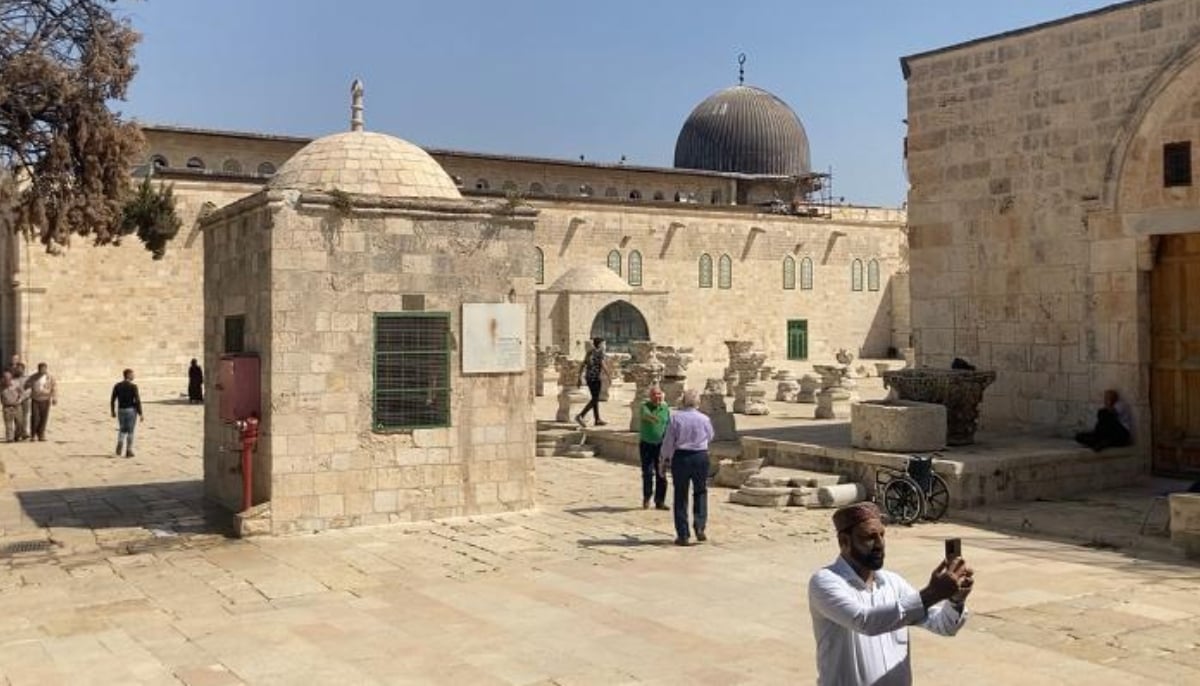
2. Rock -dome
The center of the campus symbolizes Jerusalem with its golden dome with the world-famous dome (mosque al-Sakharah) of Rock.
Its dome is adorned with pure gold, and is a holy rock below it from where the Prophet Muhammad (PBUH) is believed to have climbed into heaven during “Isra Wall Mirage”.
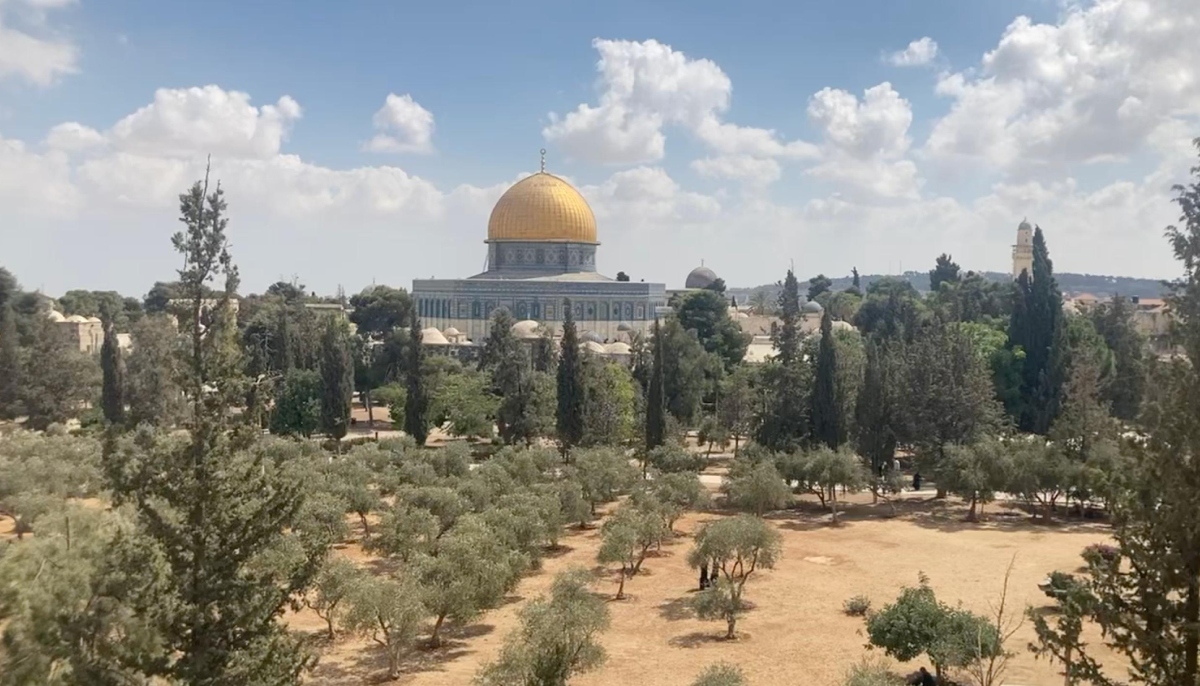
There is a mihrab near the rock where a residue – a strand of Holy Prophet (PBUH) is placed. Pilgrims can touch the mihrab through a specially designed opening.
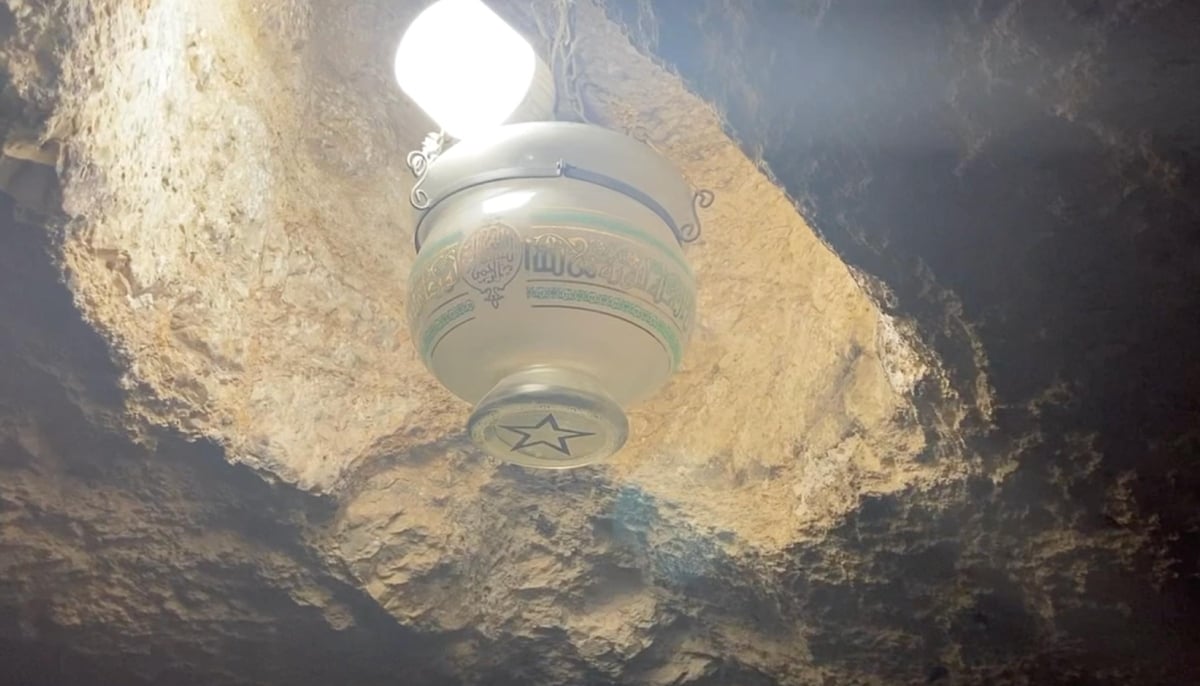
There is a cave directly under the rock, called the “Prophet’s Cave” (Ghar Ambia).
According to tradition, it is a sacred place where prophets, including Prophet Ibrahim, Prophet Suleman (PBUH), and Prophet Yakube, are considered to be engaged in worship.
3. Marwani Masjid
Located in the south -east corner, this underground mosque can accommodate 10,000 worshipers, making it the largest prayer hall in the complex.
4. Burk Masjid
In the southwest part of the Al-Aksa compound, the mosque of great historical and religious importance is a mosque Burk.
According to tradition, the Burk was a miraculous night journey from Mecca to Jerusalem during its miraculous night’s journey (Isra and Mirage).
It is said that Burk was placed at this place, and during the Ottoman period, an iron ring was installed on the wall to mark the opportunity.
On the other side of this wall is the western wall, also known as a weling wall, which has a deep spiritual significance for Jewish belief. Devotees gather there to recite the tora and make written prayers in the cracks of the wall, believe in their fulfillment.
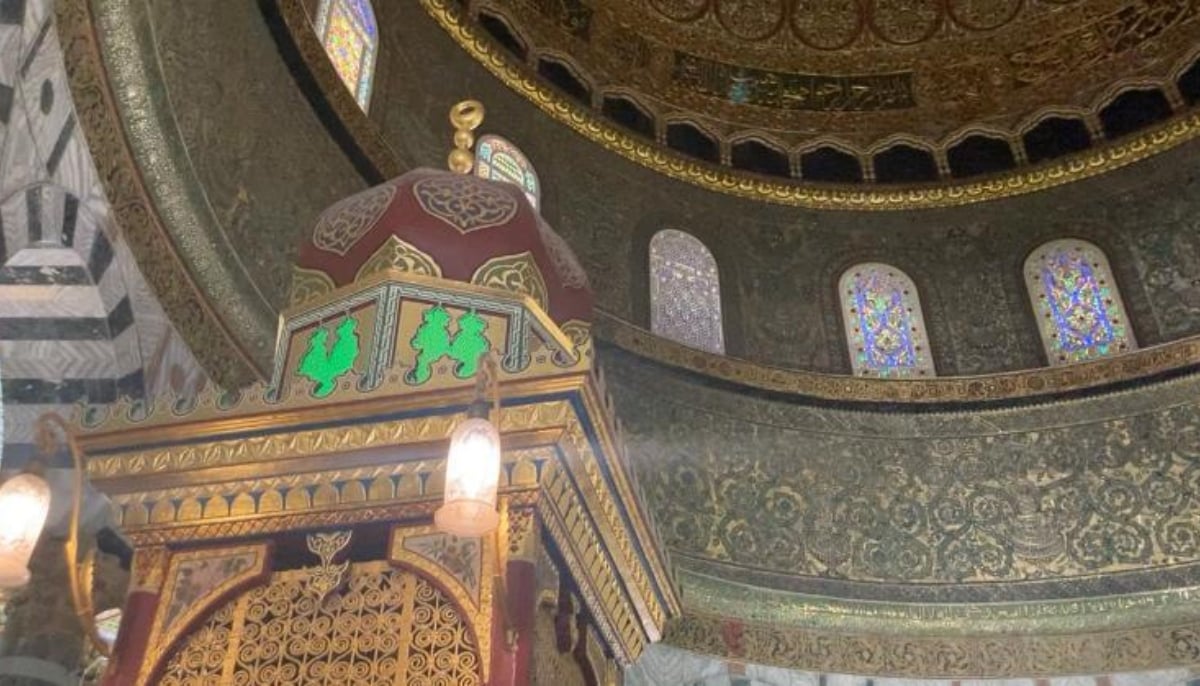
Tombs of resistance leaders
The Al-Aksa campus also serves as a symbol of Palestinian resistance, habitat of remarkable figures that sacrificed their lives for reason.
Among them, a prominent leader of the Khilfat movement is Muhammad Ali Johar, whose tomb near the Dome of the Rock respects his legacy.
Moses Kazam al-Husaini, Abd al-Qadir al-Hussaini and Faisal al-Husaini can also be found here.
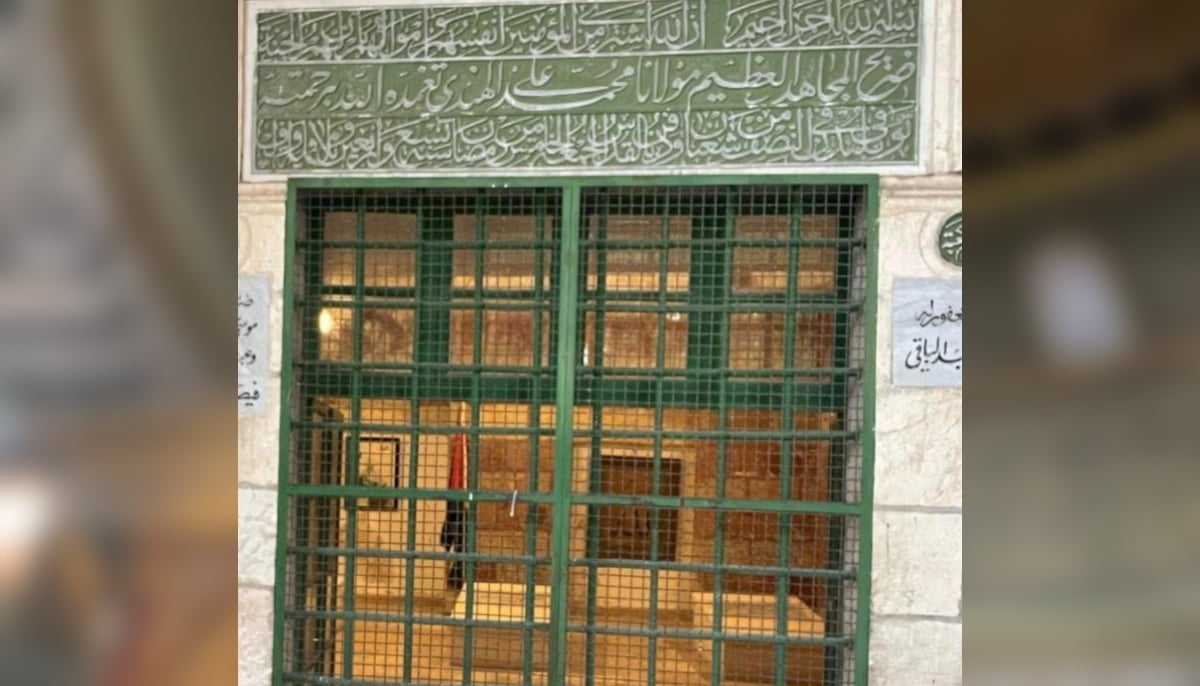
Haram’s olive tree
The compound is adorned with ancient olive trees, some of which are centuries old. Pilgrims often sit under their shadow, recite the Quran and pray.
Symbol of hope and resistance
Over time, the Al-Aksa Mosque has evolved from being a historical site for a powerful symbol of Palestinian resistance. It not only stands as a home of worship, but also as a memory of permanent struggle for justice and freedom.
